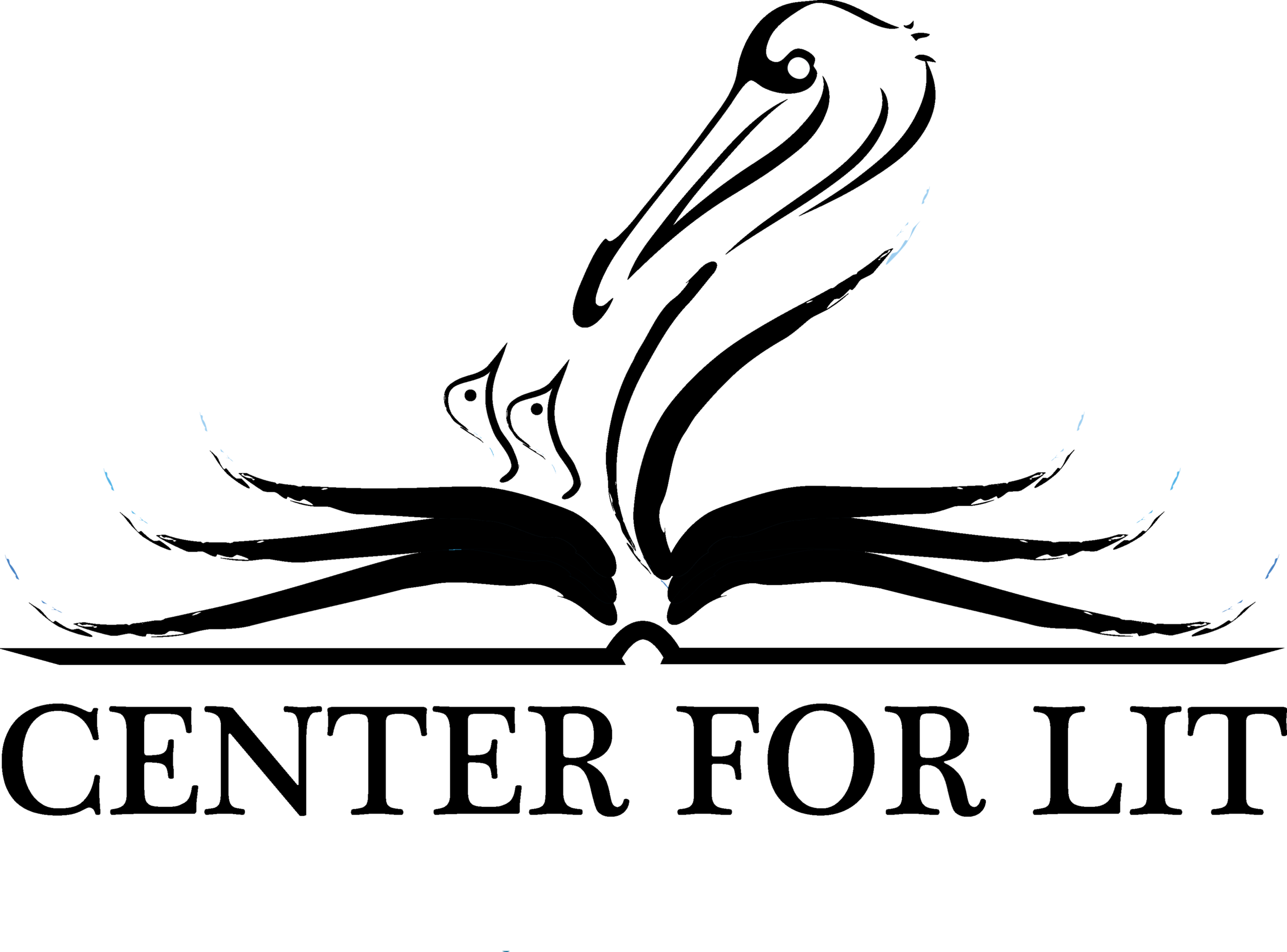Iron Hearts and Metaphysical Magnets: Donne’s Image of Man and God
Missy Andrews | November 19, 2019
Thou hast made me, and shall thy work decay?
Repair me now, for now mine end doth haste,
I run to death, and death meets me as fast,
And all my pleasures are like yesterday;
I dare not move my dim eyes any way,
Despair behind, and death before doth cast
Such terror, and my feebled flesh doth waste
By sin in it, which it towards hell doth weigh.
Only thou art above, and when towards thee
By thy leave I can look, I rise again;
But our old subtle foe so tempteth me,
That not one hour I can myself sustain;
Thy grace may wing me to prevent his art,
And thou like adamant draw mine iron heart.– “Holy Sonnet 1” by John Donne
“Thou hast made me, and shall thy work decay?” questions Donne in this, his first Holy Sonnet. Using a poetic form that lends itself to question and answer, the poet poses the problem of personal sin even as he petitions his Creator for a solution. Will You allow Your own work to be compromised and destroyed? he asks. This provocative question recalls scriptures which proclaim the enduring nature of God’s work, like this one from Ecclesiastes 3:14: “I know that whatever God does, it shall be forever. Nothing can be added to it, and nothing taken from it. God does it, that men should fear before Him.” Yet sin, Donne asserts, endangers him, God’s good work, so that death, sin’s certain corollary, continually pursues him, swallowing up his pleasures with fear. “I run to death, and death meets me as fast, / And all my pleasures are like yesterday…” More terrifying still, the poet finds his weakened flesh further influenced by sin, not away from this frightful condition, but ever toward it.
In this hopeless predicament, Donne entreats God: “Only thou art above, and when towards thee/ By thy leave I can look, I rise again…” His only hope, he says, lies in his ability to gaze heavenward. Again, Donne’s statement recollects an episode from Israel’s history when the wandering tribes stumbled into a brood of poisonous serpents. Bitten, they lay dying as their advocate Moses cried out to God for a remedy. Cast a serpent out of bronze, Yahweh replied, and lift it high upon a stick. All who gazed upon it would be saved, but those who would not turn their face toward the image died.
Donne knows his help lies in the image of the serpent slain, made tangible in the crucifixion of the incarnate Christ: “God made Him who knew no sin to be sin for us, that we might become the righteousness of God in Him” (2 Corinthians 5:21). Yet the poet doubts his own ability to look up and be healed. “Only thou art above, and when towards thee/ By thy leave I can look, I rise again;/ But our old subtle foe so tempteth me, / That not one hour I can myself sustain…” Not the serpent slain, but the serpent living fills Donne’s thoughts.
Donne leaves himself no easy outs in this meditation, but casts himself a captive facing certain death absent the will and grace of God to rescue him. If the poet is truly powerless to resist the sin that works within him for the momentary healing glance toward the heavenly Savior, how much more helpless is he to save himself from the death which his sin deserves?
The sonnet’s final couplet effectually locates the poet’s deliverance from his hellish enemy in Divine Grace. “Thy Grace may wing me to prevent his art,/ And thou like adamant draw mine iron heart.” With this outrageous metaphor, which likens God to a supernatural magnet and the hardness of the poet’s heart to iron, Donne effectively depicts the merciful power of God to forcefully draw helpless sinners away from death and to Himself. With this final rhyming couplet, Donne creates an image that enables his readers to intuit the function of grace in the life of the believer. By it, we understand feelingly the theology our intellects only dully perceive.
Donne wrote what he knew, and anyone acquainted with the poet’s life recognizes that the question Donne poses here is no intellectual construct. Although remembered for his work as rector of St. Paul’s Cathedral in London and his transcendent Holy Sonnets, a younger Donne employed his prodigious talents in quite different pursuits. His irreverent verse, “The Flea,” a tongue-in-cheek, carpe diem seduction poem, indicates the fleshly activities this Holy Sonnet rues. In fact, many scholars present the work of Donne as representative of the work of two stages of the poet’s life: pre and post conversion, pagan Jack and pious John. This does some violence to the theological impact of Donne’s literary corpus by relegating Donne’s sin to a pre-conversion experience. Holy Sonnet 1 seems to deny this comfortable bisection of the poet’s experience. In fact, the poem depicts saint and sinner warring simultaneously within the priestly poet. His lines suggest that, rather than a thing Jack once struggled against, sin dogs the pious John daily.
That this colossus figure suffered so from his bouts with sin and conscience even during his tenure as rector echoes the struggle the Apostle Paul articulated in Romans 7: “O wretched man that I am! Who will deliver me from this body of death?” Holy Sonnet 1 is Donne’s equivalent cry of despair: “Thou has made me, and shall thy work decay?” Like Paul, who answers his own impassioned question unambiguously (“Thanks be to God through Jesus Christ our Lord!”), Donne answers his own rhetorical question with an emphatic negation that draws the startled gaze of empathetic readers upwards and clarifies the manifest power of God to establish and secure eternally that which He has created.

